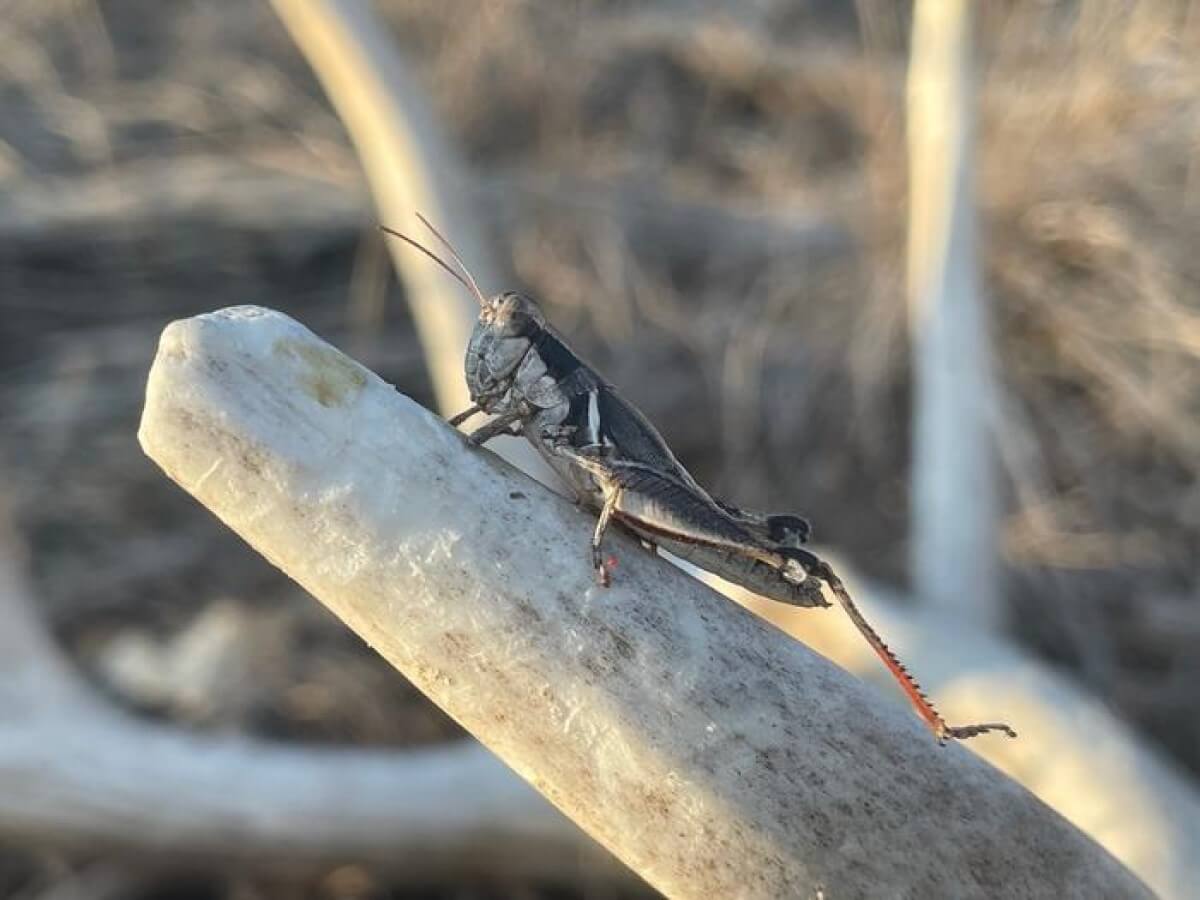STARKVILLE, Miss. — What do legendary Texas musicians Willie Nelson and Jerry Jeff Walker have in common with insects? They both now have a new species of flightless grasshopper named after them. Seven newly identified species were discovered in central Texas by a team of scientists from Mississippi State University, led by Dr. JoVonn Hill. What makes the find even more special is that six of these species are found only in the Edwards Plateau, highlighting the region’s exceptional biodiversity.
Dr. Hill decided to name two of the grasshopper species after Nelson and Walker. The species, Melanoplus nelsoni and Melanoplus walkeri, pay tribute to the enduring contributions of these musicians and their deep connection to Texas.

“After these last few summers [of field studies], just like Mr. Nelson, we too have a little Texas in our souls,” Hill says in a media release.
Hill went on to express his admiration for Jerry Jeff Walker, whose songs like “Hill Country Rain,” “Leavin’ Texas,” and “Sangria Wine” brought joy to him and his team during their travels in the Edwards Plateau. Interestingly, Walker recorded his influential album not far from where the new species was discovered.
The team also acknowledges the cultural significance of the Comanche and Tonkawa tribes in the region by naming two species after them: Melanoplus commanche and Melanoplus tonkawa, respectively. This recognition highlights the tribes’ profound historical and cultural connection to the area.
“These seven newly described species, alongside two preexisting ones, form a cohesive species group, highlighting their shared characteristics and evolutionary relationships,” Dr. Hill says. “The formation of this new species group presents a significant contribution to our understanding of the diverse ecosystems present in central Texas.”

Dr. Hill emphasizes the importance of preserving biodiversity and inspiring a sense of wonder and appreciation for the natural world. He and the staff at the Mississippi Entomological Museum are dedicated to scientific exploration, promoting conservation, and fostering a deeper understanding of the incredible ecosystems around us.
The discovery of these flightless grasshoppers showcases the remarkable natural beauty and ecological significance of central Texas. It reminds us of the importance of continued scientific exploration and the need to protect our planet’s biodiversity.
The study is published in the journal ZooKeys.

